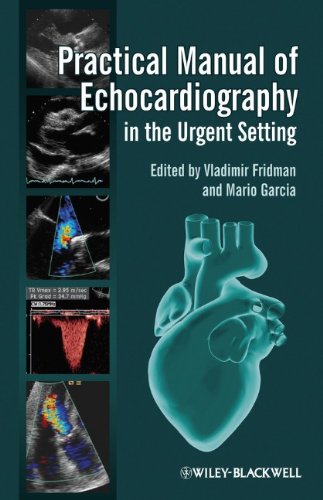

Most ebook files are in PDF format, so you can easily read them using various software such as Foxit Reader or directly on the Google Chrome browser.
Some ebook files are released by publishers in other formats such as .awz, .mobi, .epub, .fb2, etc. You may need to install specific software to read these formats on mobile/PC, such as Calibre.
Please read the tutorial at this link: https://ebookbell.com/faq
We offer FREE conversion to the popular formats you request; however, this may take some time. Therefore, right after payment, please email us, and we will try to provide the service as quickly as possible.
For some exceptional file formats or broken links (if any), please refrain from opening any disputes. Instead, email us first, and we will try to assist within a maximum of 6 hours.
EbookBell Team

4.0
66 reviewsPractical Manual of Echocardiography in the Urgent Setting covers the essentials of echocardiography in the acute setting, from ultrasound basics to descriptions of all pertinent echocardiographic views to clear stepwise advice on basic calculations and normal/abnormal ranges.
This compact new reference:
• Provides step-by-step guidance to acquiring the correct views and making the necessary calculations to accurately diagnose cardiac conditions commonly encountered in urgent settings.
• Presents information organized by complaint/initial presentation so that readers can work from this first knowledge of the patient through the steps required to pinpoint a diagnosis.
• Covers echo basics, from sound wave characteristics/properties to common device settings to basic ultrasound formulas.
• Includes diagnostic algorithms fitted to address the differential diagnosis in the most commonly-encountered clinical scenarios.
Designed and written by frontline clinicians with extensive experience treating patients, Practical Manual of Echocardiography in the Urgent Setting is the perfect pocket-sized guide for residents in cardiology, emergency medicine, and hospital medicine; trainees in echocardiography; medical students on cardiology or emergency medicine rotations; technicians, nurses, attending physicians -- anyone who practices in the urgent setting and who needs reliable guidance on echocardiographic views, data and normal/abnormal ranges to aid rapid diagnosis and decision-making at the point of care.